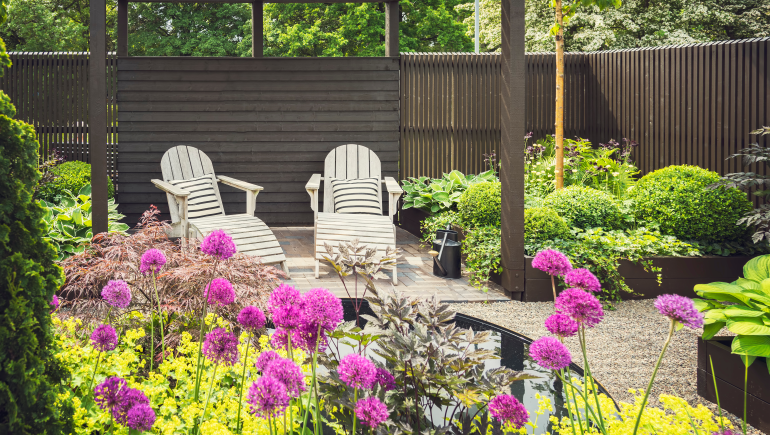Get your outdoor living room ready for spring and summer fun

Spending time in green spaces is good for our health and well-being. Gardens, parks, and other green areas are important in helping people relax and de-stress.
According to a recent poll by the Turfmutt Foundation, most Canadians (91 per cent) currently have a garden, and while many spend time doing typical garden-related activities, a good proportion also use it for leisure time and other purposes.
Additionally, most Canadians (79 per cent) see their garden as an extension of their home. If you want to make your outdoor space as perfect as your indoor space, here are seven tips to help get your garden into shape.
Assess your garden
Spruce up existing landscaping
Identify improvements
Use plants and shrubs to add visual interest and camouflage
Put the right plant in the right place
Choose the right plants to create an outdoor living area that’s attractive, easier to maintain, and supports local pollinators and backyard wildlife. Consider water, sunlight, or shade needs for plants you add.
Flowering plants help pollinators like birds, bees, and butterflies, and add a beautiful touch. A herb or vegetable garden is also a good way to teach children about science and nutrition.
Factor in family needs
If you have a child or family pet, you’ll want to plant with their needs in mind. A hardy grass variety is more likely to hold up to child or pet traffic. Plant soft, but sturdy, plants and foliage that can withstand a little roughhousing. Save delicate flowering plants for patio containers, and be sure to check out the BCSPCA list of toxic plants for pets before making a final selection.
Source: www.TurfMutt.com